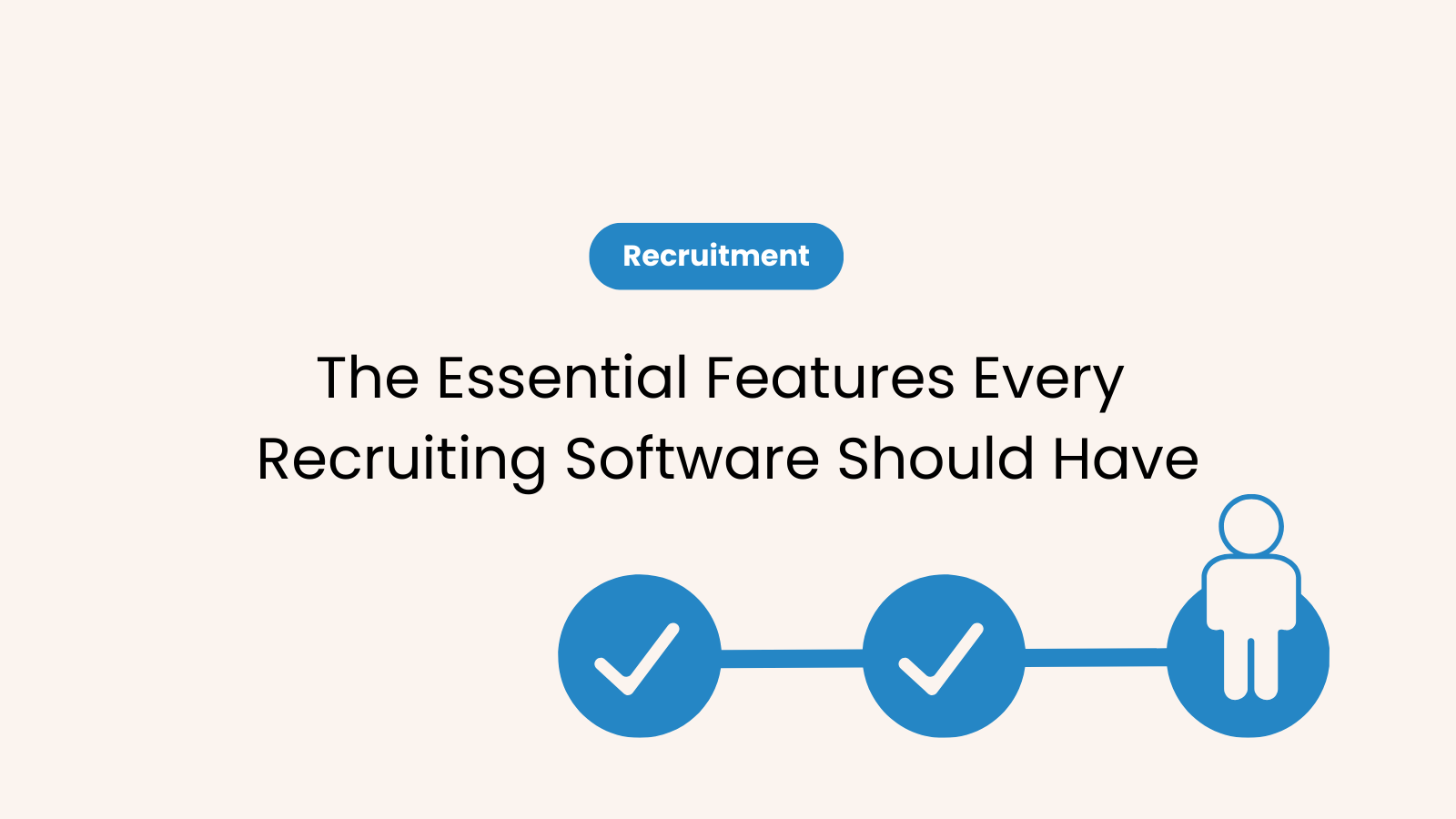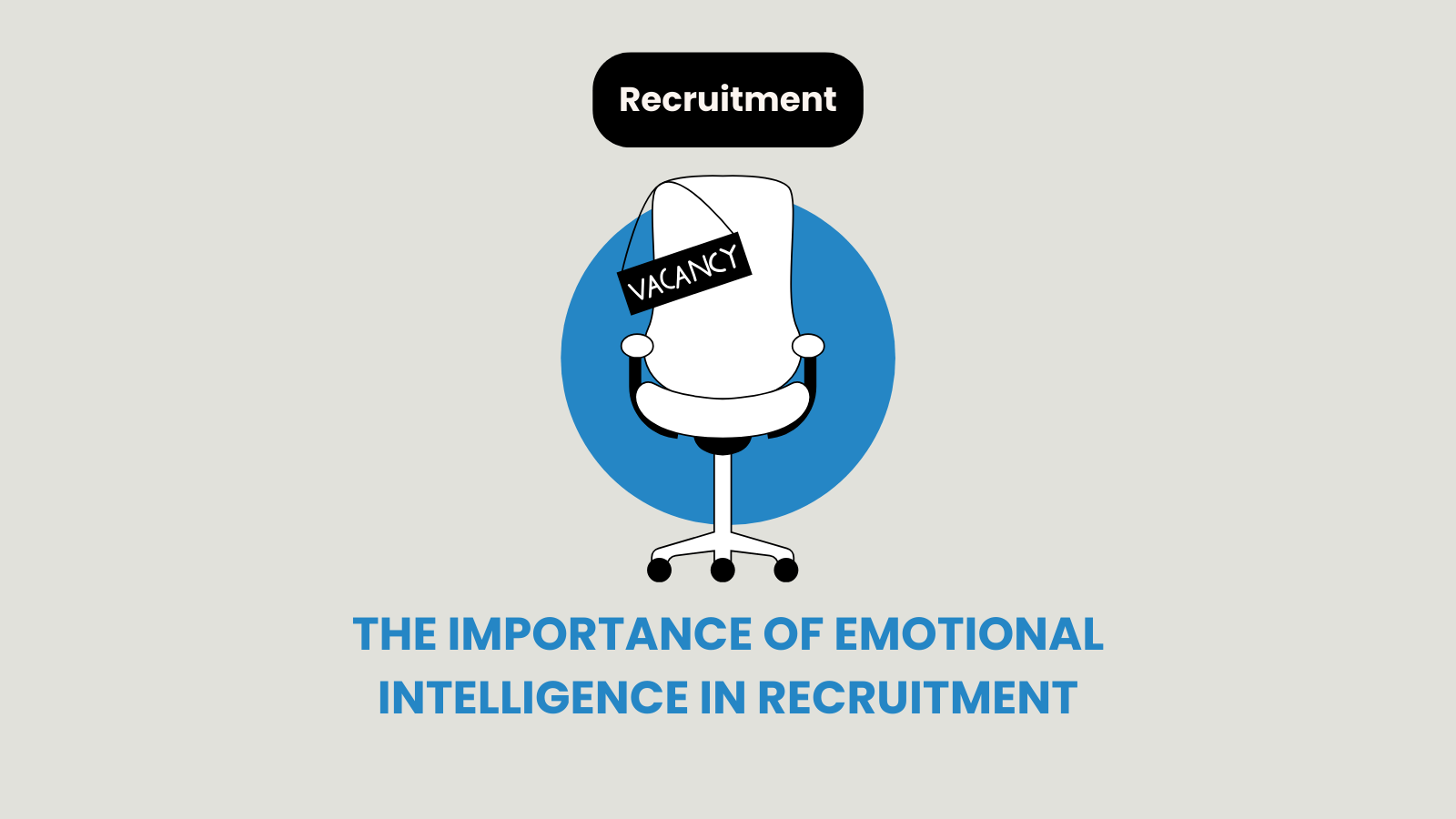Attracting top performers is challenging. Whether you hire a recruitment agency or deal with sourcing and hiring from within, this step is always tough. However, superb employee experience and high retention rates are also hard-won. So, to be good, you must learn about the bad. What are the key reasons for job dissatisfaction and poor employee performance? How can you recognize the signs in a snap? And what can you do to overcome these struggles?
We’ve prepared this simple guide to help you understand the reasons for poor job satisfaction and react on time. Are you ready to unlock new ways to entice and engage your employees and boost your results? Let’s get started!
What causes unhappy employees?
Every recruiter and HR knows how valuable a positive employee experience is. In fact, employees’ thoughts and feelings about the company affect all of its aspects and define its future. If an employer doesn’t understand what the staff truly wants and doesn’t see the reasons behind their disengagement or poor performance, they are kind of doomed. Or, to be less dramatic – they’re about to see how their retention rates drop, which will also impact attracting new talents negatively. Need we say more? Have a look at the key whys that demotivate even the most dedicated workers. So, here are a few common reasons for job dissatisfaction:
- Low salaries and the lack of valuable employee benefits,
- No real employee development or career growth opportunities,
- Poor management and no-good organization,
- A lack of flexibility and the inability to establish a work-life balance,
- No challenges and very little meaningful work.
Does any of this sound familiar to you? If it does, better act quickly and do something about it before you have several vacancies, a bad reputation, and multiple job descriptions to write and share relentlessly.
Low salaries are among the top reasons for job dissatisfaction
Being underpaid is a legit case for workplace discontent. An employee can easily do some research and see how high the salaries in the market are. They talk to peers, compare notes, and quickly realize they’re dealing with a firm that doesn’t value their knowledge and efforts. Some of them will speak up and ask for more adequate pay. Others will just reach out to a recruiter on LinkedIn or apply through one of the many job boards. The aftermath is clear. A vacancy arises, there is a whole new hiring need to fulfill, and a bad reputation is likely to follow.
No chance for career development is a key reason many employees quit
Not everyone wants to move forward and reach the very top of the chain of command. However, basically, every employee seeks new knowledge and more opportunities to grow, expand their skills, and gain a feeling that they’re actually contributing. Not having an agenda that fosters career growth or stirring seamlessly without a proper employee development plan is a recipe for disaster. If you offer your people a chance to learn and grow, the odds that you’ll reduce turnover rates increase by more than 30%. Simultaneously, you will stimulate a more productive and efficient workforce. And ultimately, these favorable actions and outcomes will secure your long-term success.
Poor management is a valid reason to be displeased
So, what are some reasons for job dissatisfaction, and which one can do the most harm? It’s crucial to mention that improper management is at the very top of the list. A shortage of true support, interest, and understanding are among the major shortfall many workers don’t tolerate. Some recent studies show that nearly 70% of managers feel uncomfortable speaking to staff members. And more than 30% of employees are noticing these gaps. If planning, organization, and, finally, motivation isn’t done right, the workers will feel unfulfilled at their jobs. That is why managers must give feedback the correct way – and ask for some comments on their work and skills too.
Bad work-life balance is harmful all around
Remote jobs used to be a perk desired by many and promoted by quite a few. Now, these jobs are a necessity and, to say truly, something of a trend. However, a brand-new working environment is emerging. Companies and employees across the globe are getting used to a compromise between remote and on-site workplaces.
So, many say that working remotely is a perfect formula to boost productivity and establish a much-needed work-life balance. In fact, 74% of workers claim that they would stick around in a company that encourages work from home. Are you taking notes?
Still, being open to an alternative that doesn’t involve a traditional office space is just one way to advocate for a healthy and balanced lifestyle. Other variables that must not be lacking include flexible schedules, non-financial rewards that support fun activities or hobbies, paid time off, and more. Get creative, ask your employees about their preferences, and make sure to help them lead a more fulfilling life inside and outside of their daily jobs.
The absence of challenges & true meaning
People take salary negotiations very seriously because financial gains actually do matter when considering a job offer. Nevertheless, a syntagm known as a competitive salary has been tossed around a lot, and many question its very own meaning. In addition, money is often not the key to everything. Countless professionals seek a true challenge or pursue projects that will make a profound difference. When working with a recruitment agency or in-house talent hunters, it’s paramount that you underline this simple yet momentous fact. Help them communicate the value you offer or the new stuff they will be bound to learn. But first – be sure that your company, in reality, has something huge and substantial to present. Establish a solid bottom line and tell the world about it! Because if you don’t, the best candidates will skip your firm, and your top workers will leave.
What are the consequences of job dissatisfaction?
If you’re coming from an HR or recruitment environment, you must have heard about the great resignation. More and more people are rage-quitting their jobs, and this phenomenon has become an epidemic! How big of a deal is this? Well, according to Statista, 4.4 million Americans left their jobs in September of 2021. And those are just some of the stats and studies that show the global consequences of employees’ discontent.
However, unhappy workers can (and, should we say – will) disrupt a company of any size. And surely, small businesses are more likely to take a serious hit here. Researches show that American businesses lose between$450 and $500 billion per year because of disengaged staff. Nevertheless, being broke is just one of the issues. Getting back on your feet after taking a financial blow will be more of a problem. Employee turnover will stop any new applicants from becoming interested in your company. So, forget about the clever tactics to turn candidates into brand ambassadors through some fancy marketing efforts or stuff like craft beer. Start handling the issues you have within your company & stop people from leaving and joining the competition.
Get ready to react instantly: Spot the signs of job dissatisfaction!
So, now that we have covered what causes dissatisfaction at work, it’s time to see how to recognize the signs that someone’s about to start looking for a new role. See if your crew gives out any of these clues:
- An absence of interest and productivity,
- Procrastination and lack of punctuality,
- Odd arrivals and departures to and from the office,
- Frequent irritability and a drastic change in character,
- Common leaves and days off.
Now, here’s a massive disclaimer. If an employee can cross off multiple of these points, the issue could lie elsewhere. Some of these can signal some personal problems. That’s why employers should teach their managers to be active listeners and to understand people. If the hardship is private, offer support without being too nosey.
Also, the management must ask for feedback from employees. Stay interviews are one tested way to see if anything needs fixing and to grasp how serious the problem actually is. Anyhow, it’s essential to listen to each employee and be attentive to their unique needs.
Know the enemy: Key reasons for job dissatisfaction and poor employee performance can be crushed!
All of the main reasons for job dissatisfaction are holding water, don’t you agree? These crucial points must be aligned if you want to keep the top employees by your side and make them feel appreciated, motivated, and able to grow. Be truthful to yourself and canvass the company with its approaches and policies through and through. Is everything just the way it should be? Do your ways need a slight retouch (or maybe a major one, but – shh, we have you covered)? Research it & redo it.
Need help with recruiting and retaining the best tech professionals? Well, just drop us a few words, and we’ll help you get on track!




